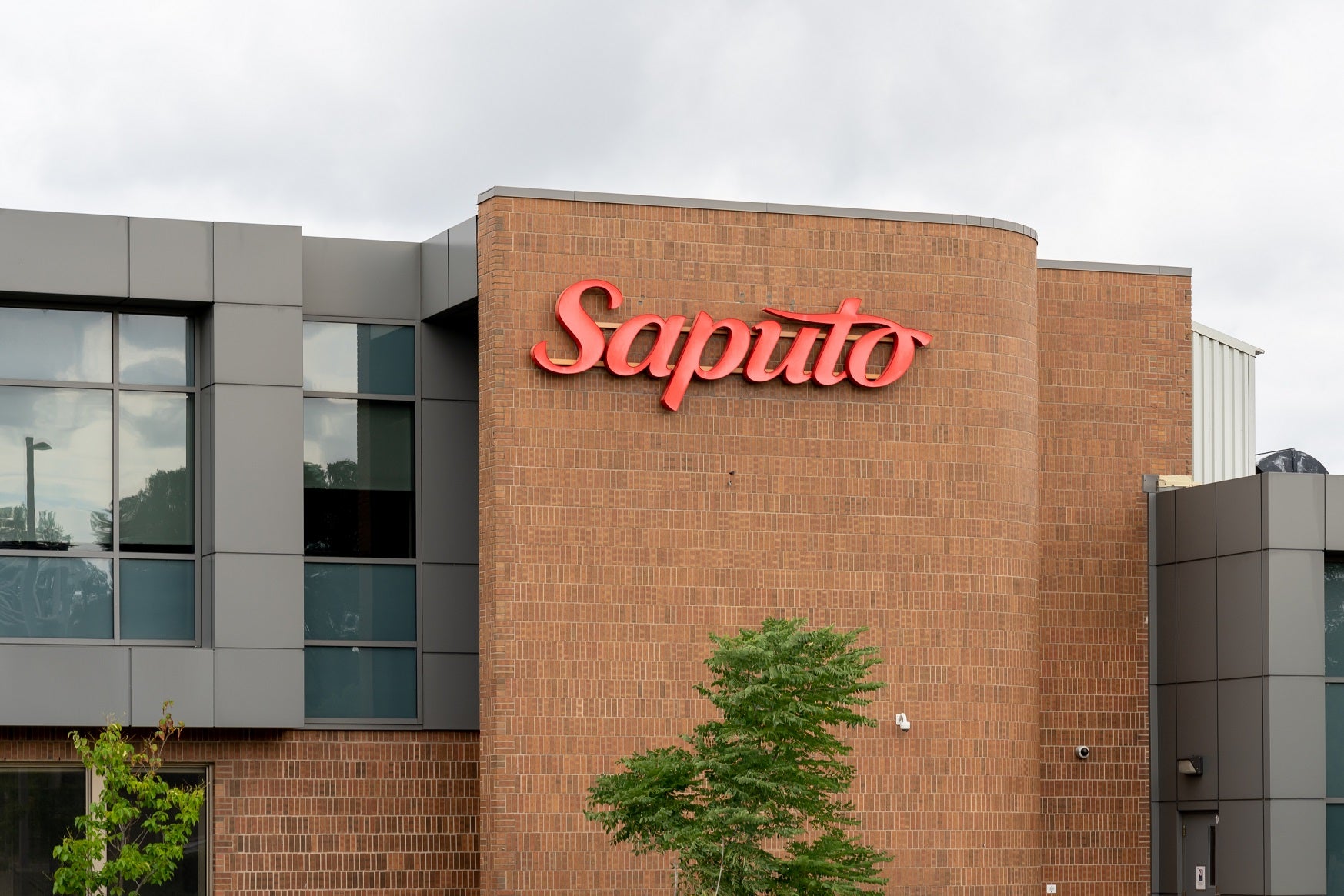
Lino Saputo Jr. will relinquish his role as CEO at the Canadian dairy company that bears his name in August, a position he has held for more than two decades.
Mr Saputo, whose grandfather Giuseppe set up the business in 1954, will also step down as president and chairman of the board on 9 August to become executive chair.
Carl Colizza, the current president and chief operating officer of Saputo’s North America business division, has been announced as the company’s new president and CEO. He joined Saputo in 1998 had has held various roles at the Cathedral City and Wensleydale brand owner.
Saputo Jr., who transitioned to CEO in 2004 and then also became president in 2022, said his “role will shift into a new capacity more focused on strategic oversight” in support of the company’s management team.
“Carl is an extraordinary business leader who is well-respected across our industry and has a strong track record of leading global teams,” the outgoing CEO added. “He has deep roots within Saputo and has played a pivotal role in developing our strategy and improving our business.”
Colizza moved into his current dual responsibilities in 2019 having served as president and COO of the Canada business unit since 2015. Following the management shift, he will remain president and COO for North America for “the time being”, according to a company statement.

US Tariffs are shifting - will you react or anticipate?
Don’t let policy changes catch you off guard. Stay proactive with real-time data and expert analysis.
By GlobalData“For over 25 years, I have had the privilege of working alongside Lino, whose commitment to Saputo’s culture, our people, and the communities we serve is truly extraordinary,” Colizza said. “I am excited to continue advancing Saputo’s business and delivering on the incredible opportunities we see ahead.”
Saputo will report its annual results on 7 June for the 2024 fiscal year after turning to a loss in the third quarter due to a C$265m ($196.8m) impairment charge related to the Australia dairy division, linked to falling milk supply and a mismatch in cheese and ingredients prices.
While the outgoing CEO has been consolidating operations in Australia, with the number of plants cut down from 11 to six, Saputo as a business has also been traversing the headwinds associated with inflation and the cost of living.
While Saputo’s volumes rose in the three months to 31 December, Saputo Jr. said “volatile global dairy commodity markets and a challenge to [the] consumer were persistent themes in the third quarter, much like in the fiscal year to date”.
He described, in the overall framework, the continuing “dynamic macroeconomic environment”, with a December devaluation in the Argentina peso and hyperinflation in that country also presenting headwinds.
Saputo delivered a net loss of C$124m, compared to a C$179m profit a year earlier. Adjusted net earnings were down at C$163m from C$221m, while adjusted EBITDA fell 16.9% to C$370m.
While third-quarter revenue dropped 7% to C$4.3bn, Mr Saputo said that “with most of the heavy lifting behind us, I remain very confident in our long-term strategy”. That entails reaching an adjusted EBITDA target of C$2.125bn by 2025, although in August he raised doubts over achieving it on schedule.
“While the consumer is still shopping with value-seeking behaviour, we are seeing clear progress in volume recovery across our business segments,” he said.
“As macroeconomic drivers impact the global economy and continue to drive commodity price volatility, we remain focused on managing the factors within our control and stabilising the business. Our priority areas include operational excellence, successfully executing the major capital projects underway, cost containment, and cash flow generation.”



